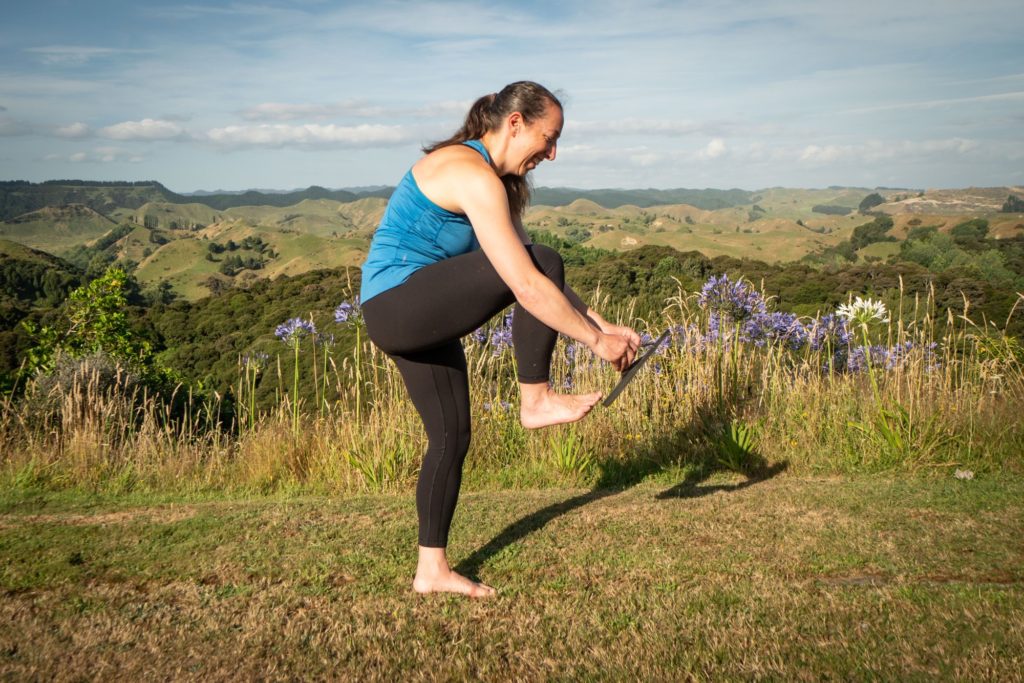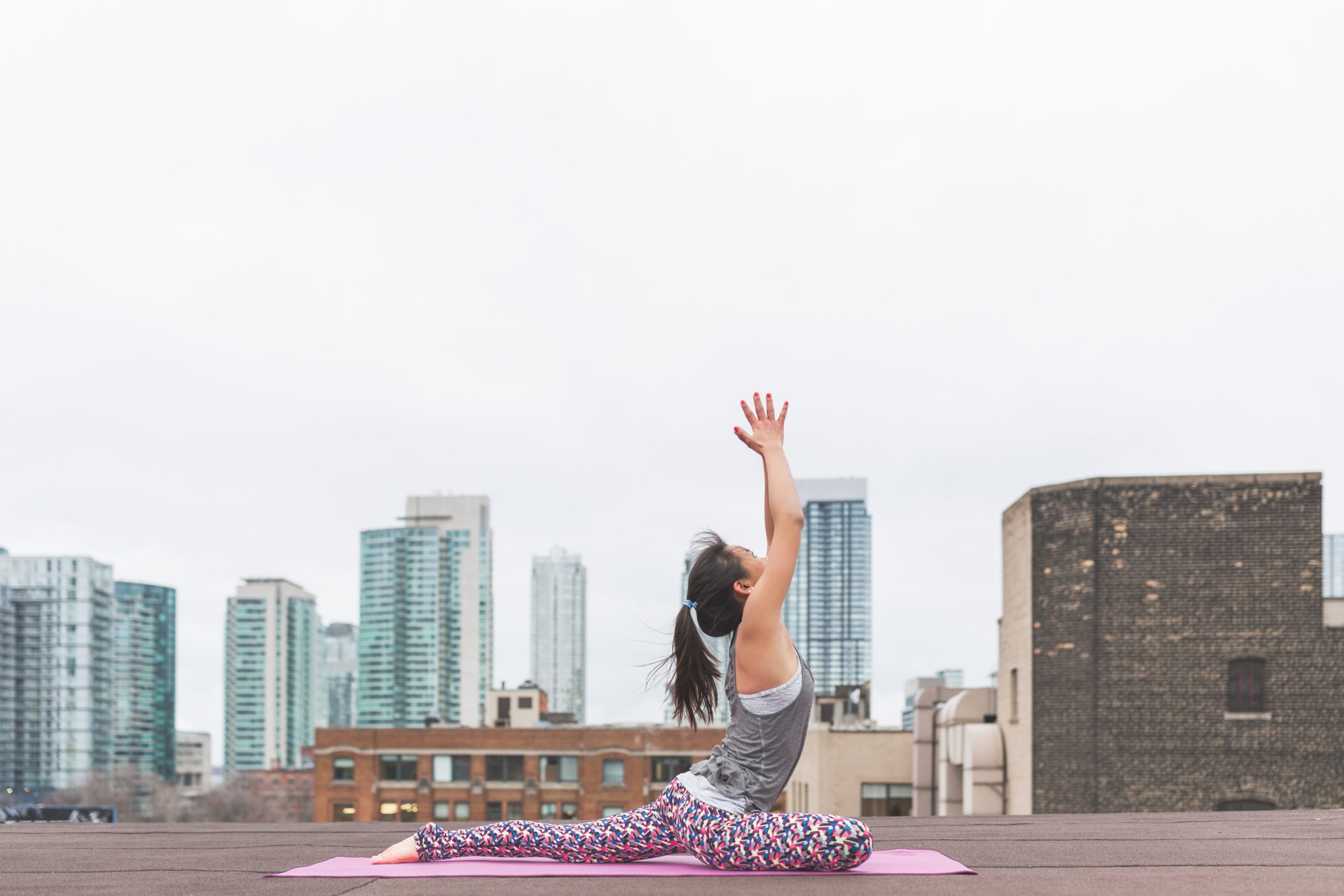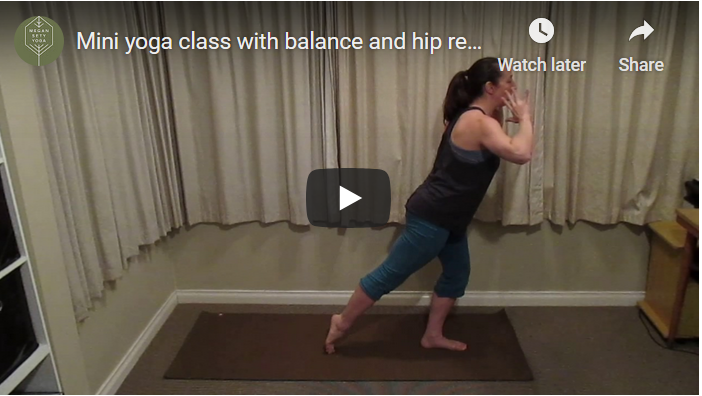While giving an introductory talk on yoga for trampers the other night, I was asked about the research on yoga for either preventing or recovering from hip replacement surgeries. It’s an excellent question, so I thought I would dig in to the scientific research and provide a summary here.
Since there are literally thousands of published research articles about yoga and specific health conditions, I expected to find a plethora of research on hip replacements and yoga. What I found was a near lack of published medical research. In fact, PubMed, which has more than 30 million citations for biomedical literature, turned up just 5 results for a search of ‘hip replacement and yoga.’ Only one was relevant – that 2018 study described two cases of hip dislocation (of a previously replaced hip) that occurred during yoga practice. Two case studies isn’t particularly representative. What was more useful from this article is that the authors confirm the lack of published research in this area.
Another 2018 study looked at the position of the hip in certain yoga poses and found that sometimes people did yoga poses that put the hip into extreme ranges of motion. That’s no surprise since more modern forms of postural yoga can offer more extreme variations of range of motion. But that isn’t unique to yoga and moving into extreme range of motion does risk injury in any part of your body (hip, shoulder, knee, elbow and wrist joints in particular).
But what about the actual question of whether yoga could help prevent or recover from hip replacement surgery?
I went back to one of my favourite sources to answer this question. The Yoga for Healthy Aging Blog has published several articles on yoga and hip replacements. They cover the basics of hip replacements, how to modify poses, how yoga can help with recovery, what to avoid and background about why people need hip replacements. They note that osteoarthritis is the most common reason for hip replacements.
There is research about the benefits of yoga for arthritis. Physician and yoga teacher, Dr. Timothy McCall lists 15 articles that provide scientific evidence that yoga can be beneficial for osteoarthritis. Most of these focus on the knee specifically. But this 2016 study found that chair yoga helped with pain from osteoarthritis in lower extremity joints (knee, hip, foot, or ankle). This article published in 2020 reviewed all the research on physical Activity as a treatment for hip and knee osteoarthritis in older people – this includes yoga and tai chi among other types of activities. They found that “Tai Chi and Yoga demonstrated significant differences in improvements in pain, physical function, and stiffness.” However, they noted that there needs to be better and high-quality research in this area. I could write a whole other post about why yoga would be beneficial for arthritis, but I will leave that for another day.
Lastly, you can find plenty of articles online about how to approach yoga after hip replacement surgery. I found this article from an orthopedic nurse practitioner particularly useful in some of the basic and practical advice for doing yoga after hip replacement surgery.
Lastly, I’ll leave you with this quote from yoga teacher Roger Cole, which is sage advice for everyone:
Regardless of the type of surgery, work to establish functional range of motion, but avoid extreme hip actions in any direction. For example, it may be reasonable to aspire to flex your hips enough to tie your shoes, but not to put your foot behind your head! Functional range of motion helps you enjoy normal activities of daily living. Extreme actions can cause dislocation, or make the shaft or head of the artificial femur impinge on the rim of the hip socket, damaging the joint. Many yoga poses place the hip in extreme positions, but you can usually modify them by doing them only part way. For example, in Warrior postures, keep the feet closer together than usual, and don’t bend the knee all the way.





